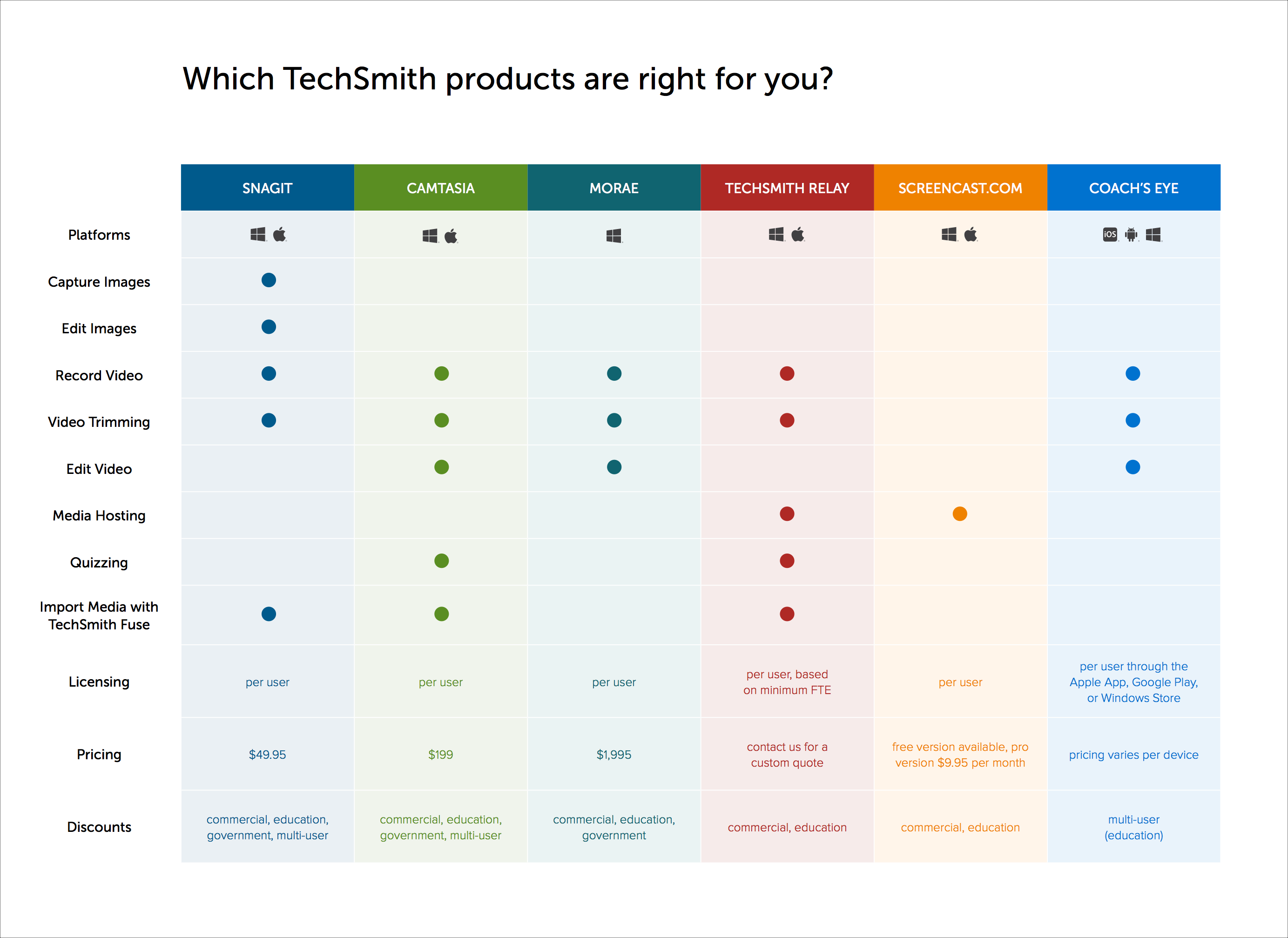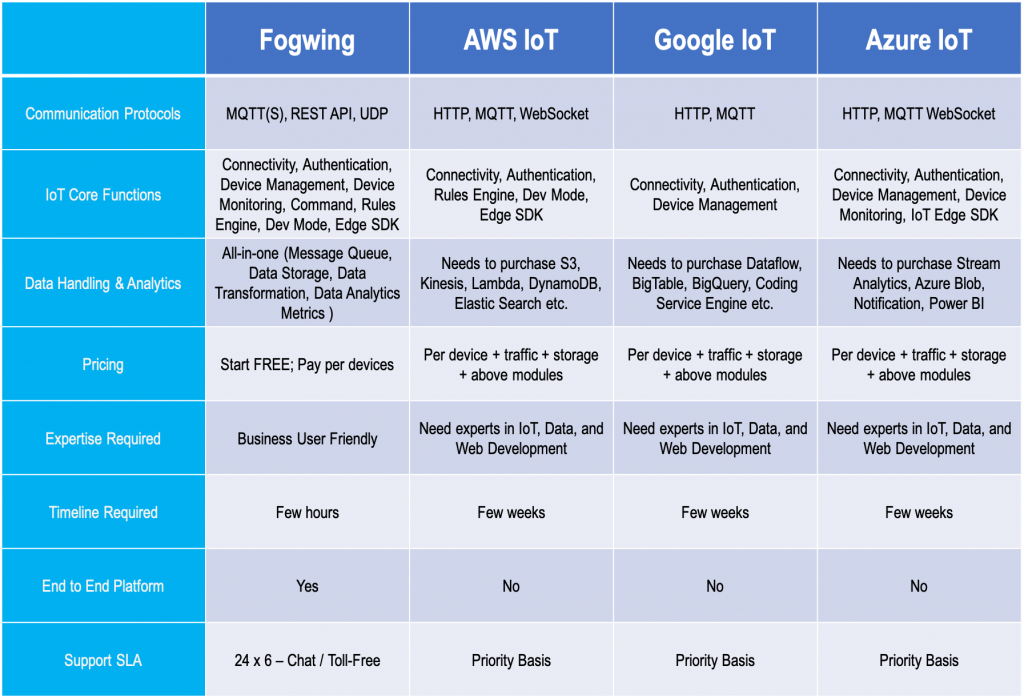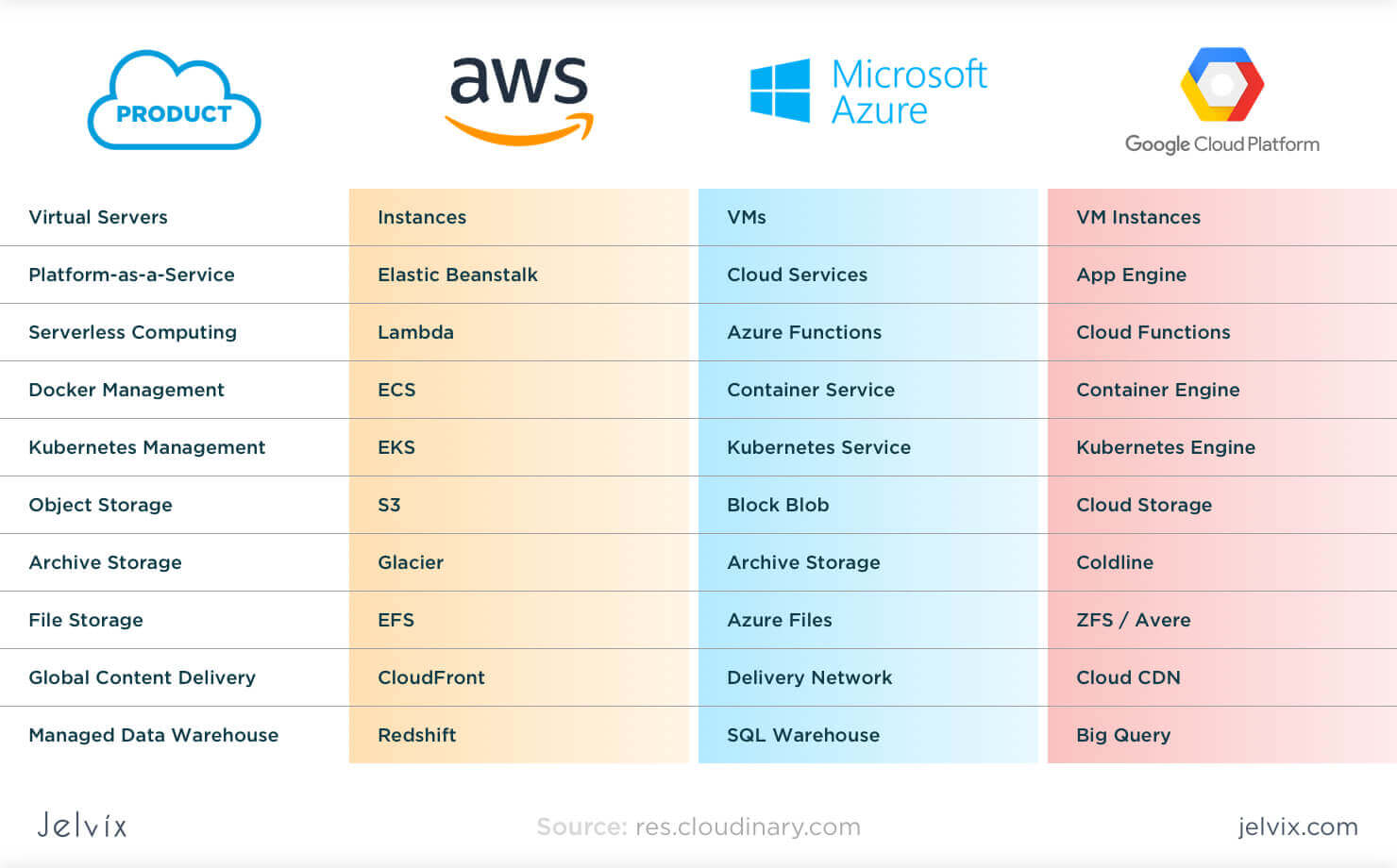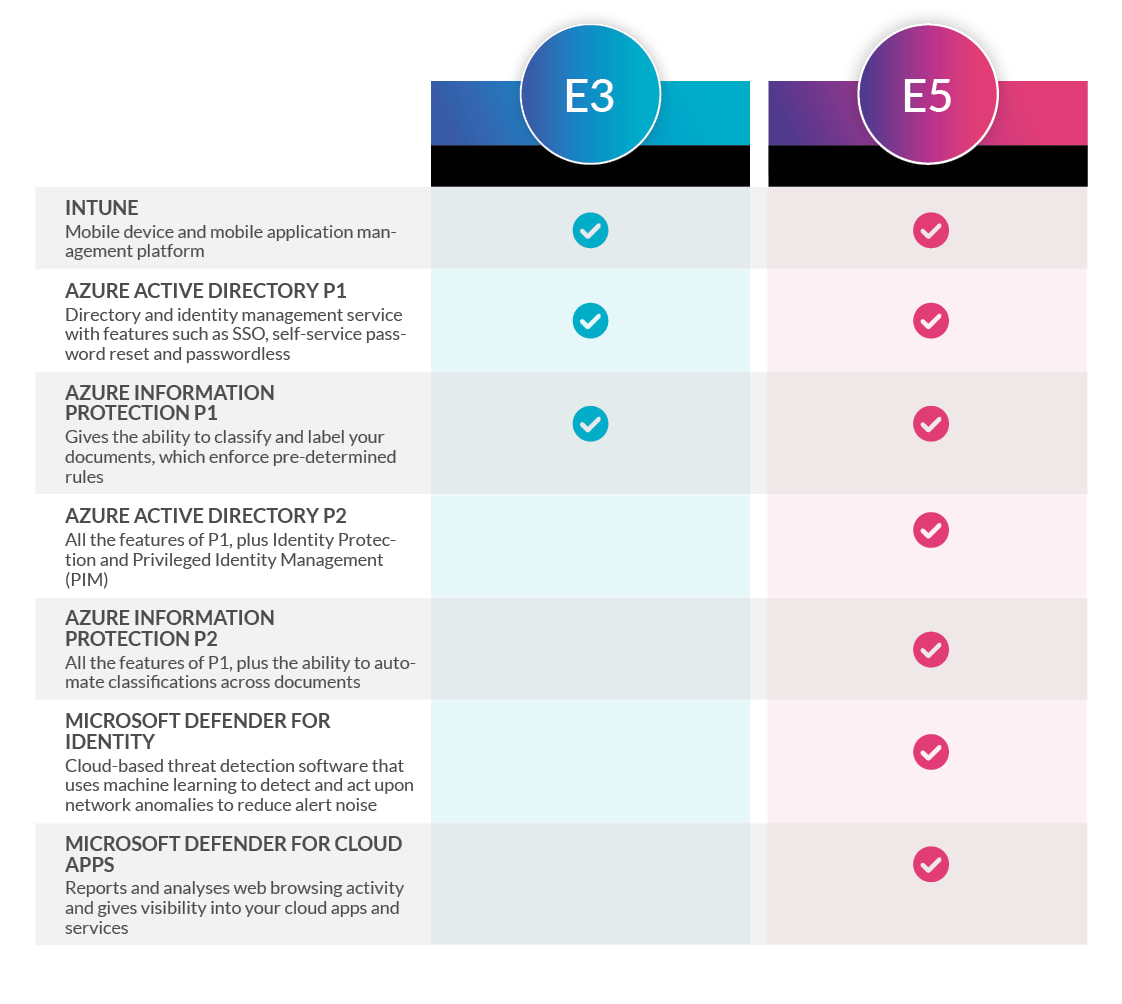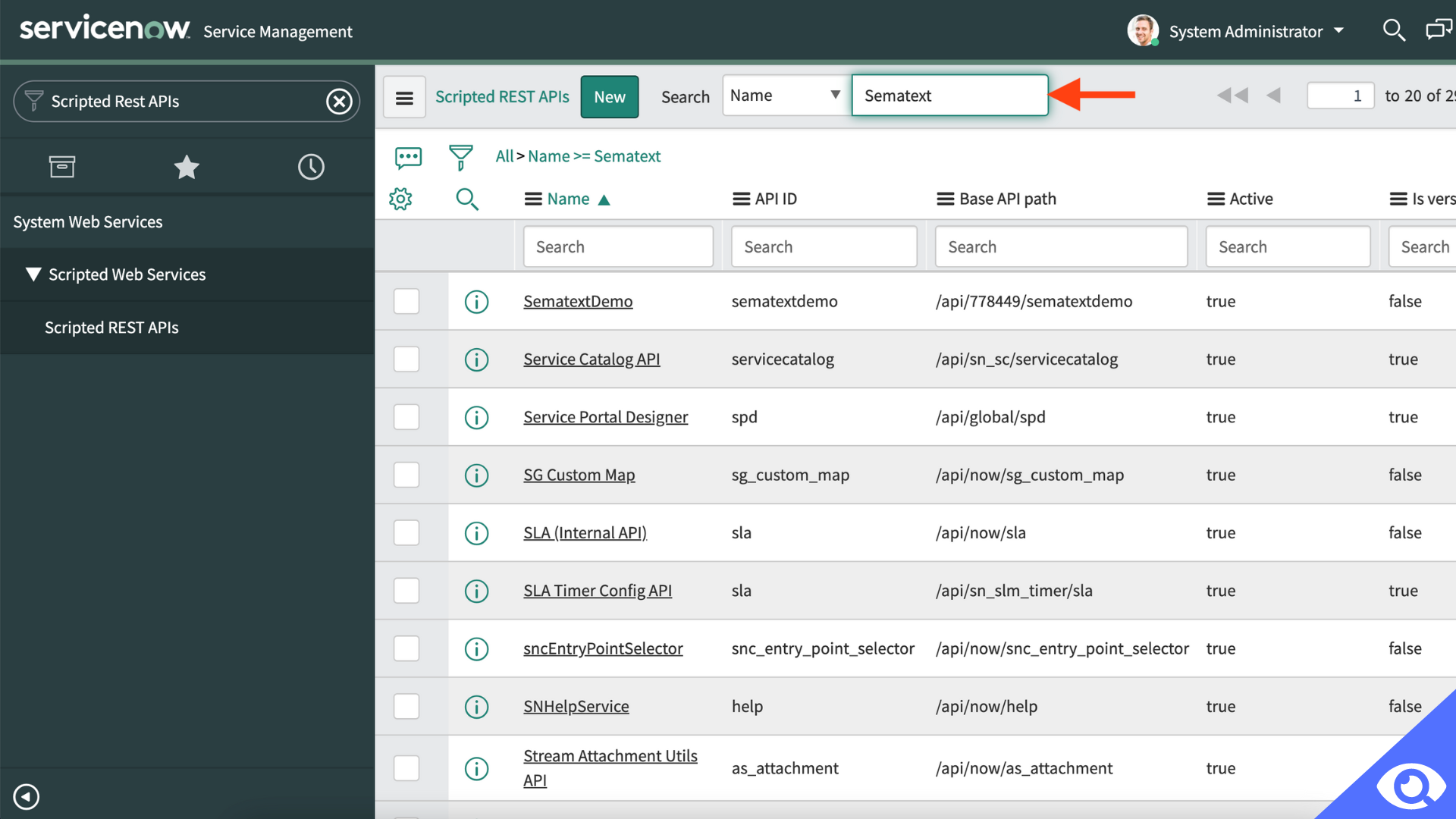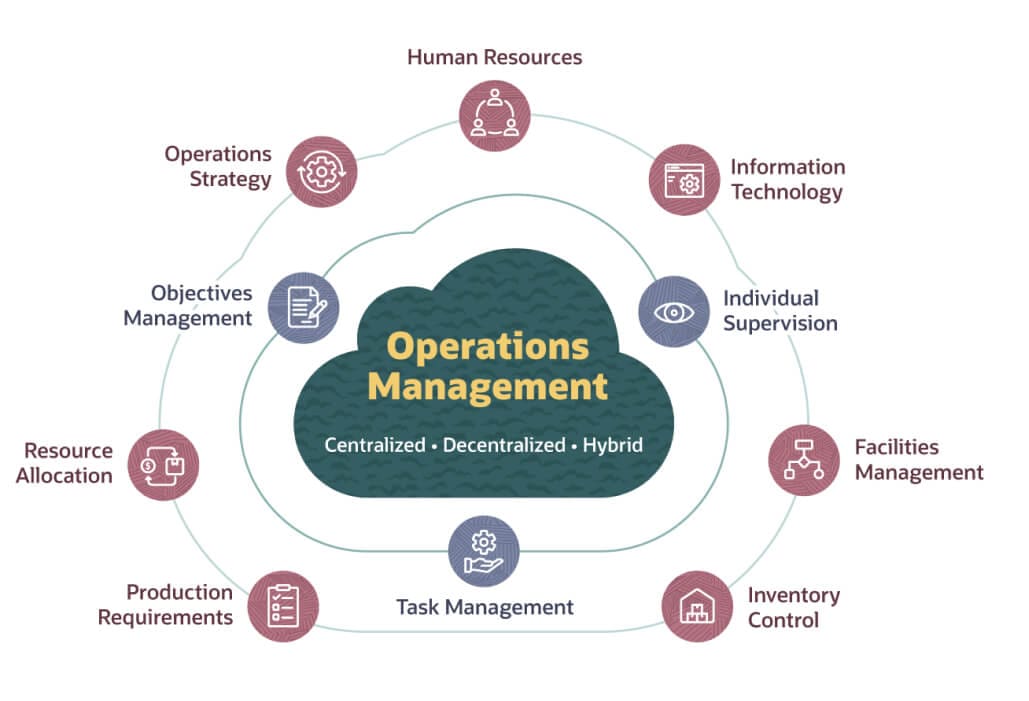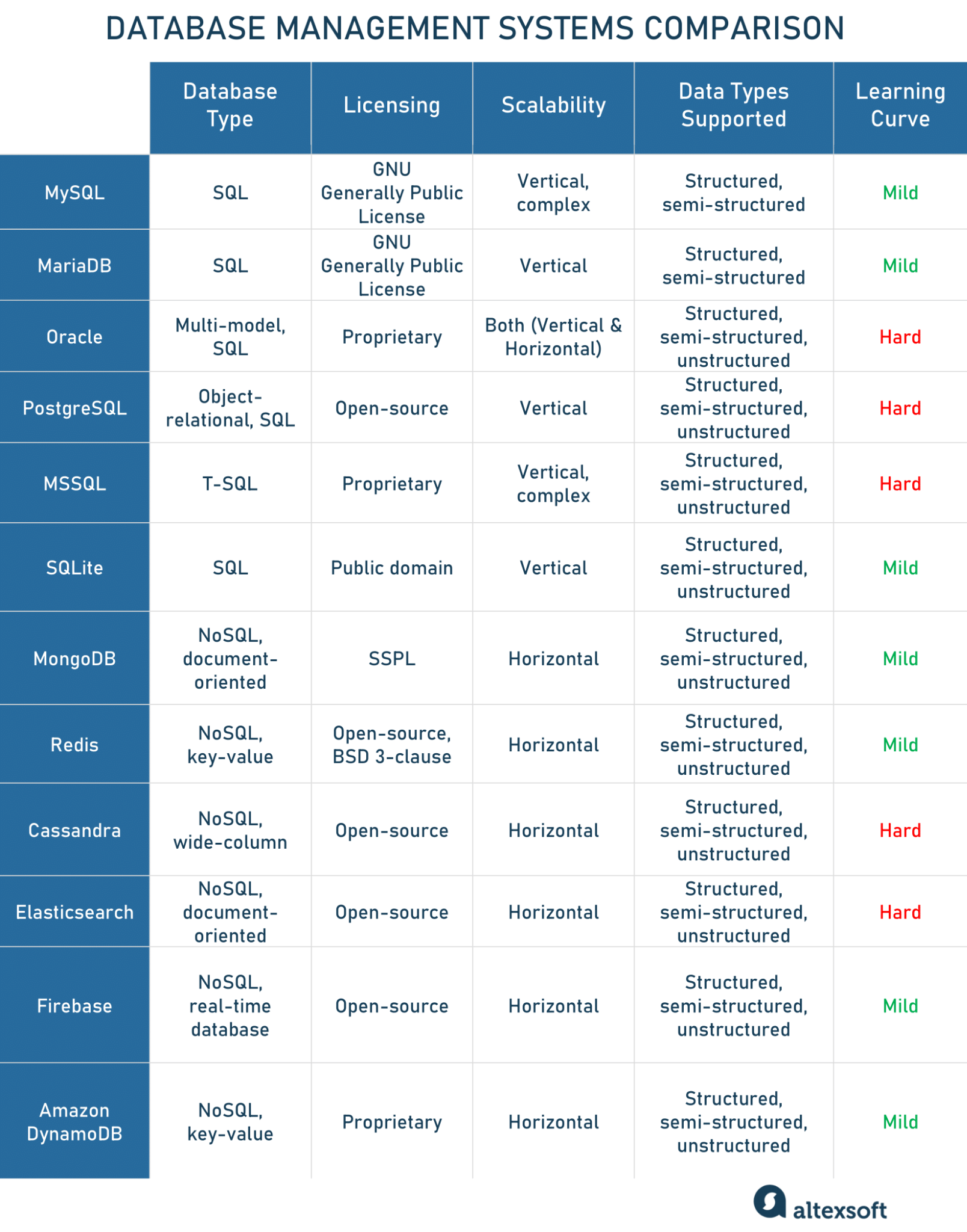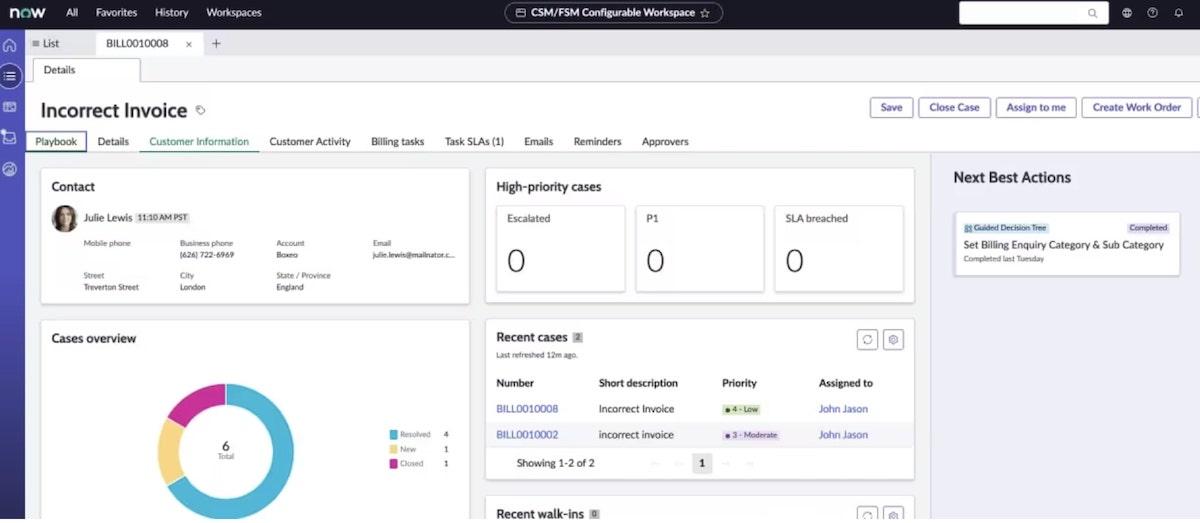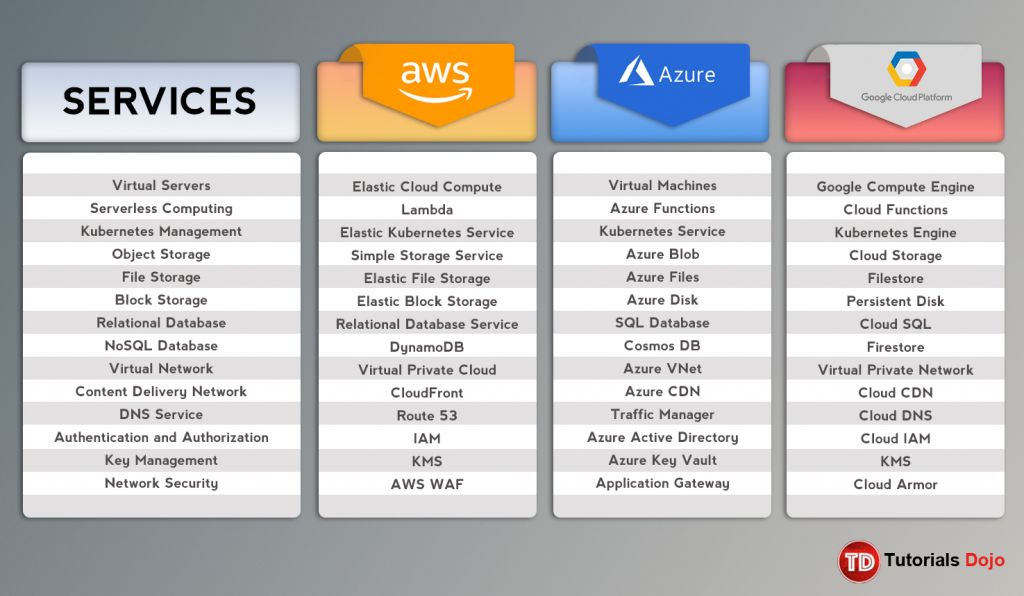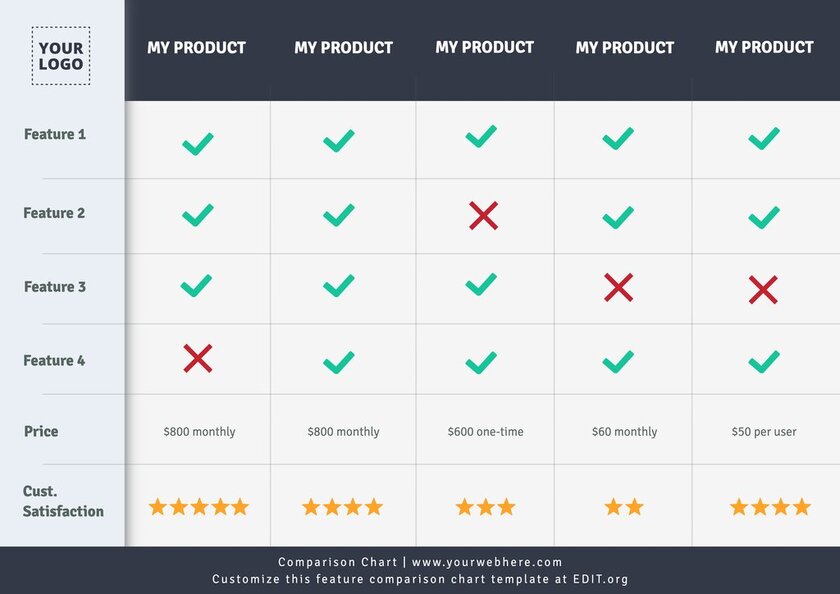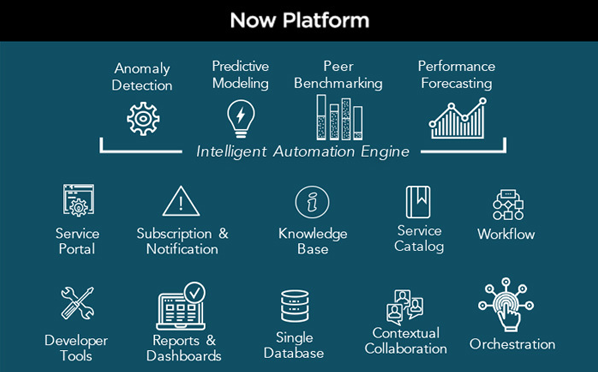Compare Terms Of Service Management Features Across Different Aeo Platforms
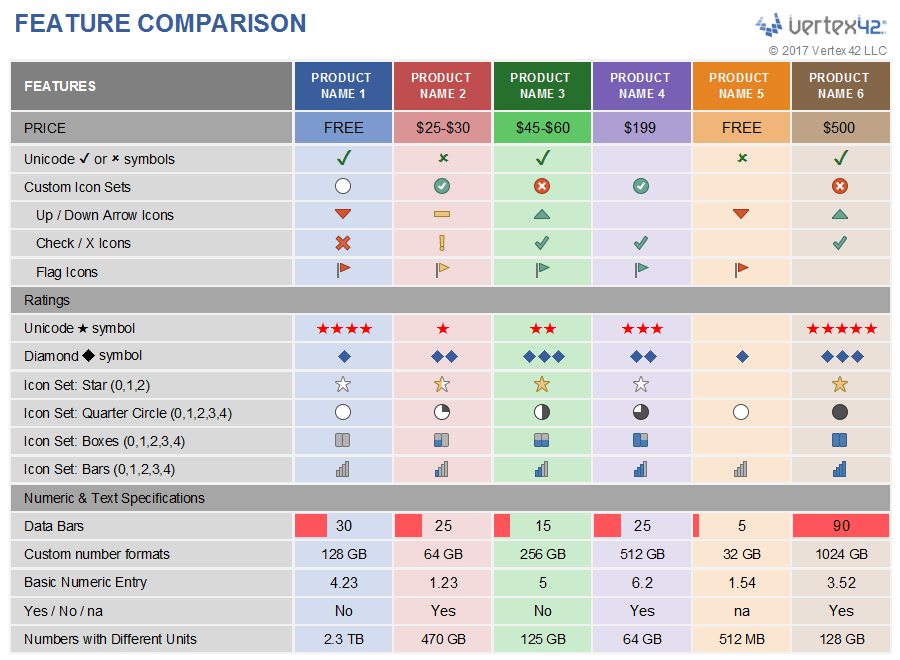
The digital landscape is increasingly governed by complex and often opaque Terms of Service (ToS) agreements. These agreements dictate how users interact with online platforms, but managing them effectively has become a significant challenge for businesses across various industries. The ability to monitor changes, ensure compliance, and communicate updates to users is crucial, leading to a growing demand for robust ToS management features within application experience optimization (AEO) platforms.
This article delves into a comparative analysis of ToS management features offered by different AEO platforms, examining their strengths and weaknesses in addressing the challenges businesses face. The goal is to provide a comprehensive overview that aids organizations in selecting the platform that best aligns with their specific needs for effective ToS governance.
Understanding the Landscape of AEO Platforms and ToS Management
AEO platforms are designed to enhance the overall user experience of applications, encompassing areas such as performance monitoring, security, and user engagement. Integrating ToS management into these platforms offers a streamlined approach to ensuring compliance and transparency.
However, the capabilities vary significantly across different platforms. Some focus on basic features like version control and change tracking, while others offer more advanced functionality such as automated policy enforcement and user consent management.
Key Features to Consider
When evaluating ToS management features, several key aspects should be considered. These include version control, change tracking, user consent management, notification systems, and compliance reporting.
Version control allows businesses to maintain a history of ToS agreements, enabling them to track changes over time and revert to previous versions if necessary. Change tracking provides detailed logs of modifications made to the ToS, including who made the changes and when.
User consent management is crucial for ensuring that users are aware of and agree to the latest ToS. Features such as click-through agreements and consent logging help businesses demonstrate compliance with data privacy regulations like GDPR and CCPA. Notification systems automate the process of informing users about updates to the ToS, ensuring they are always up-to-date on the latest policies.
Compliance reporting provides businesses with the ability to generate reports on ToS acceptance rates, consent status, and other key metrics. This data can be used to demonstrate compliance to regulators and internal stakeholders.
Comparative Analysis of ToS Management Features
Let's examine how different AEO platforms handle these key features. We'll focus on a few representative examples, highlighting their strengths and weaknesses.
Platform A: Focus on Version Control and Change Tracking
Platform A provides a robust version control system that allows businesses to easily track changes to their ToS agreements. It offers detailed change logs, allowing administrators to see exactly what modifications have been made and who made them.
However, Platform A lacks advanced user consent management features. It relies on manual processes for obtaining user consent, which can be time-consuming and prone to errors.
Platform B: Strong User Consent Management and Notification Systems
Platform B excels in user consent management, offering a variety of options for obtaining and tracking user consent. It includes features such as click-through agreements, consent logging, and granular consent settings.
Its notification systems are also highly customizable, allowing businesses to target specific user segments with tailored ToS updates. However, Platform B's version control and change tracking capabilities are less sophisticated than those of Platform A.
Platform C: Comprehensive Compliance Reporting
Platform C offers comprehensive compliance reporting features, providing businesses with detailed insights into ToS acceptance rates and consent status. These reports can be used to demonstrate compliance with data privacy regulations and inform internal decision-making.
While its reporting capabilities are impressive, Platform C's user consent management and notification systems are relatively basic. It lacks the advanced features offered by Platform B.
Challenges and Considerations
Choosing the right AEO platform for ToS management involves careful consideration of several factors. Businesses must assess their specific needs and priorities, taking into account their industry, size, and regulatory requirements.
Scalability is another important consideration. The platform should be able to handle the growing volume of ToS agreements and user data as the business expands.
Integration with existing systems is also crucial. The AEO platform should seamlessly integrate with other business applications, such as CRM and marketing automation systems.
Furthermore, the cost of the platform should be weighed against its benefits. Businesses should consider the total cost of ownership, including licensing fees, implementation costs, and ongoing maintenance expenses.
Organizations should also consider the ease of use of the platform. A platform that is difficult to use can lead to errors and inefficiencies.
Training and support are also critical. Businesses should choose a platform that provides adequate training and support to ensure that their employees can effectively use the platform.
The Future of ToS Management in AEO Platforms
The field of ToS management is constantly evolving, driven by changes in technology and regulations. We can expect to see AEO platforms incorporating more advanced features in the future.
Artificial intelligence (AI) and machine learning (ML) are likely to play a significant role in automating ToS management processes. For example, AI can be used to automatically identify changes in ToS agreements and assess their potential impact on the business.
Blockchain technology could also be used to create a more transparent and secure system for managing ToS agreements. Blockchain can provide an immutable record of ToS agreements and user consent, making it more difficult to tamper with data.
Finally, we can expect to see greater emphasis on user-centric ToS management. This means designing ToS agreements that are easy to understand and providing users with more control over their data.
Conclusion
Effective ToS management is essential for businesses operating in today's digital landscape. AEO platforms offer a valuable solution for streamlining this process, but the features and capabilities vary significantly across different platforms.
By carefully considering their specific needs and priorities, businesses can choose the AEO platform that best aligns with their requirements. The future of ToS management is likely to be driven by AI, blockchain, and a greater focus on user-centricity, making it an exciting area to watch.
Ultimately, the goal is to create a more transparent and trustworthy relationship between businesses and their users, ensuring that everyone is aware of their rights and responsibilities.

